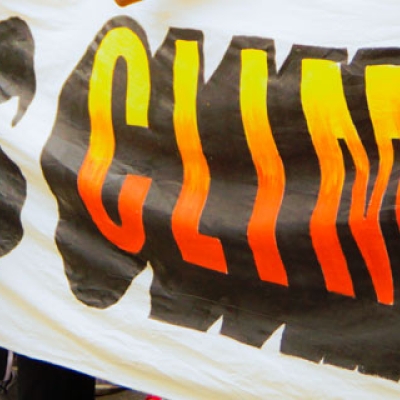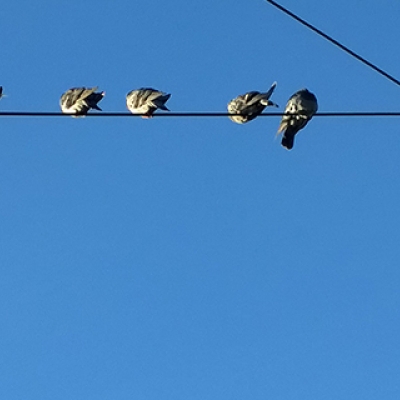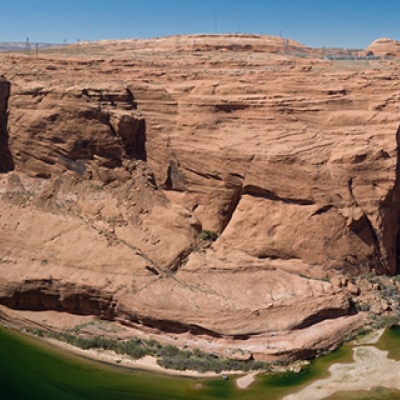By David E. Naugle / On April 26th, 2011
Wind energy offers the potential to reduce carbon emissions while increasing energy independence and bolstering economic development. I am a huge proponent of harnessing wind to power our lives but this form of energy development has a larger land footprint per Gigawatt (GW) than most other forms of energy production, making appropriate siting and mitigation particularly important (Figure 1).










